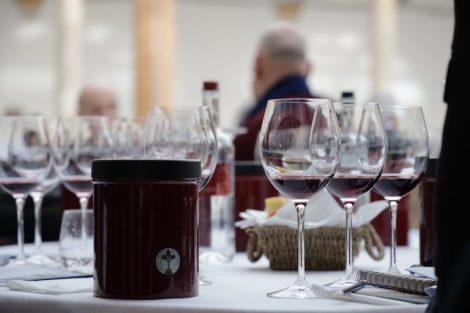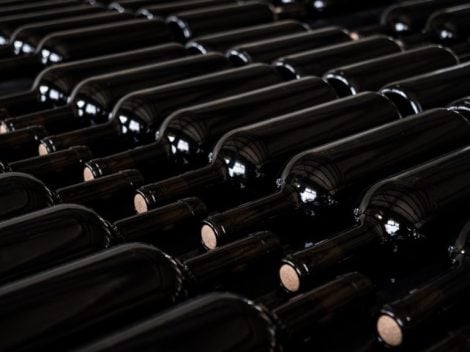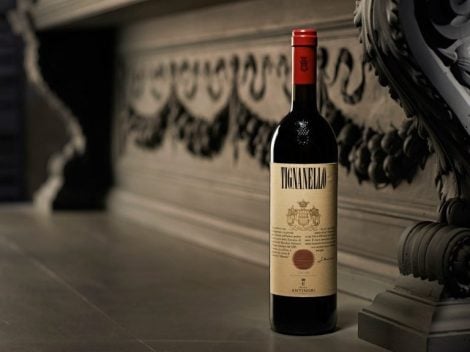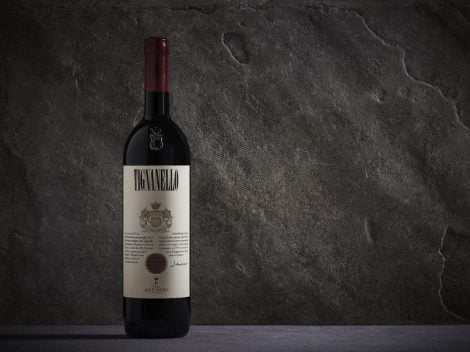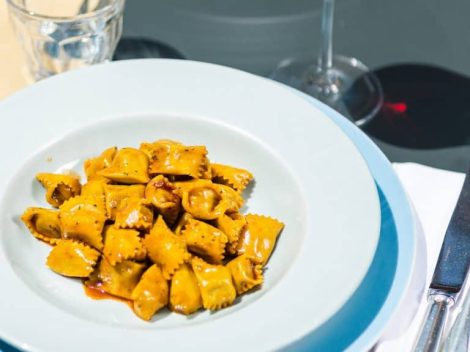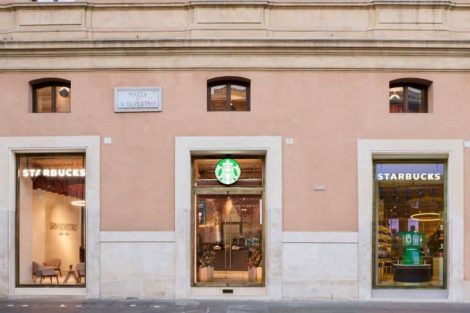Classification of German wines is based on the Oechsle (Oe) scale, which measures by how many grams a liter of unfermented grape must exceeds the weight of a liter of water, on the principle that the difference depends on the sugar present in the must.
Kabinett: not less than 73° Oe.
Spatlese: not less than 85° Oe (from late harvest).
Auslese: not less than 90°Oe from hand harvesting of very ripe bunches that may also be affected by Botrytis cinerea.
Beerenauslese: not less than 125° Oe from harvests based on selection of grapes (overripe) affected by Botrytis cinerea.
Trockenbeerenauslese: not less than 150° Oe, berries (botrytized, dried on the vine or overripe) selected by hand
Eiswein:not less than 125° Oe from harvests carried out at temperatures not over -7° of bunches not affected by Botrytis cinerea.
Trockendry wine with a maximum of 9 grams per liter of residual sugar
Halbtrochenor Feinherbsemi-dry wine with a maximum of 18 grams per liter of residual sugar.
VDP Gutswein: indicates vineyards at the base of the production pyramid (they must be estate-owned and respect the rigid protocols of the association).
VDP Ortswein: village wines from traditional vineyards in specific zones planted with grape varieties typical of the region.
VDP Erste Lage: designates first-class vineyards with distinctive characteristics. They provide optimal growing conditions, as evidenced over a long period of time.
VDP Grosse Lage:the very best vineyards of Germany and the source of the finest wines that reflect site-specific characteristics.
VDP Grosses Gewächs (VDP GG): dry wines obtained from VDP Grosse Lage vineyards
Prädikat: sweet and/or fruity wines from VDP Grosse Lage vineyards
Alte Reben:old vineyards
Vineyard classifications from VDP (Verband Deutscher Prädikatsweingüter), the association of German quality growers founded in 1910, the oldest in the world.

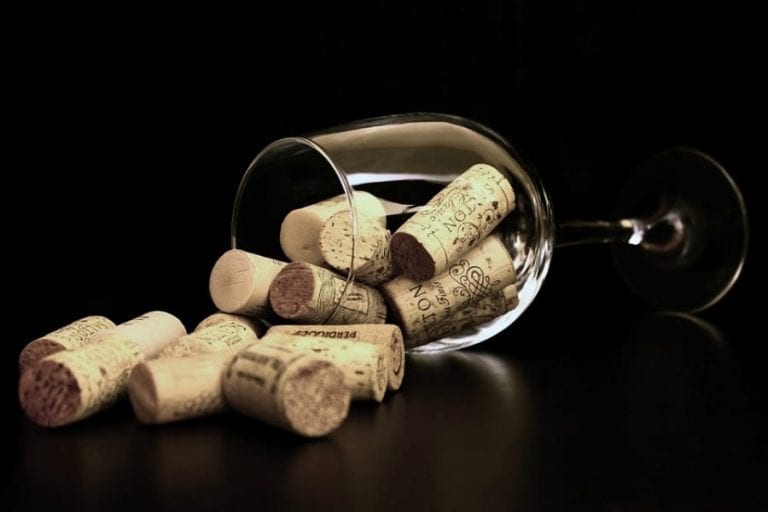

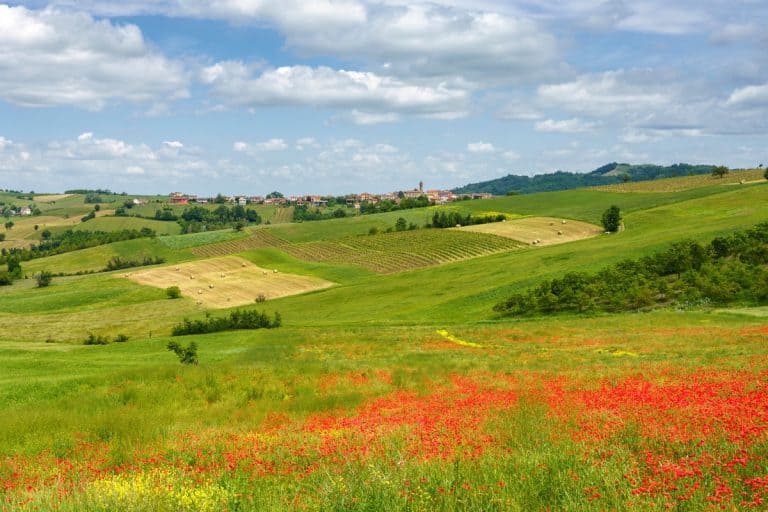 Timorasso: the red wine dressed as white from the Colli Tortonesi. Here are the 16 best labels
Timorasso: the red wine dressed as white from the Colli Tortonesi. Here are the 16 best labels It’s official: China joins the International Organisation of Vine and Wine
It’s official: China joins the International Organisation of Vine and Wine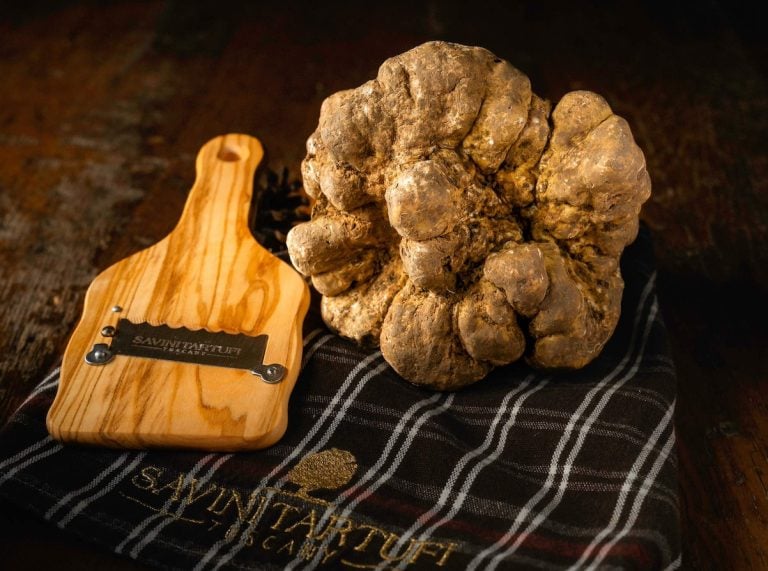 How and where to buy white truffle from Alba at a fair price: tips from an expert
How and where to buy white truffle from Alba at a fair price: tips from an expert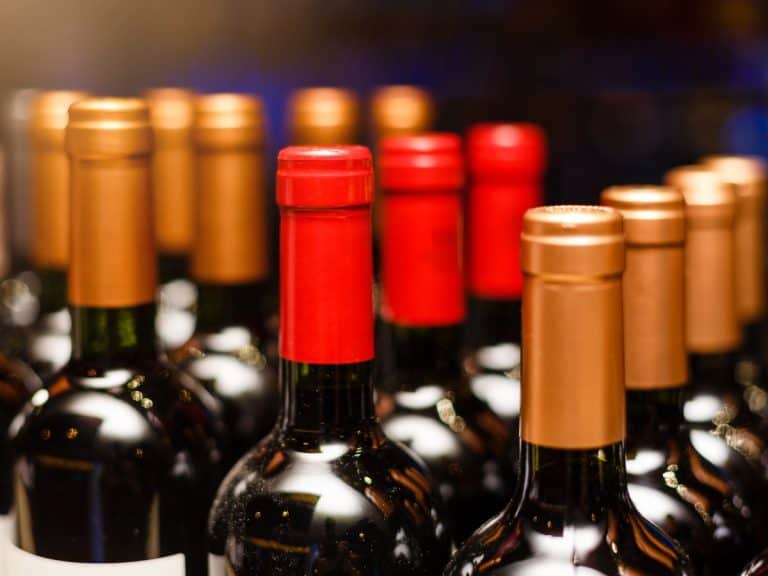 The Italian wines with the best value for money: here are the National awards from Berebene 2025 guide
The Italian wines with the best value for money: here are the National awards from Berebene 2025 guide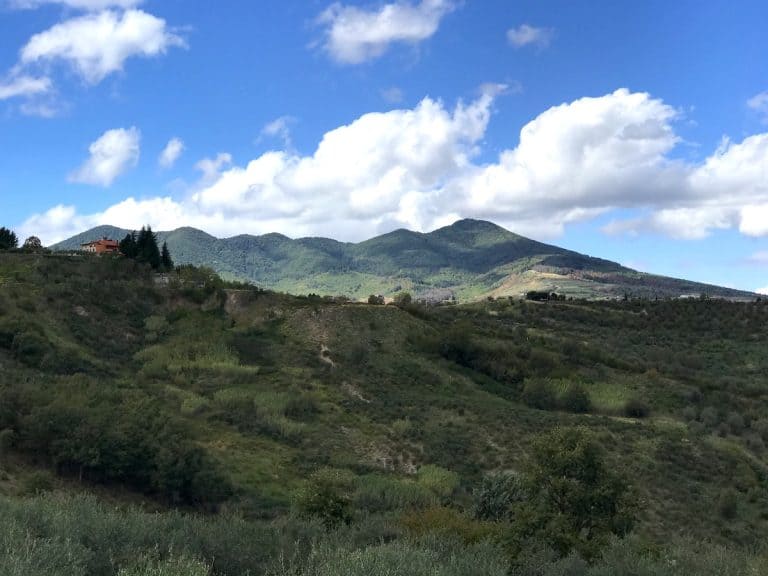 Where to eat in Venosa, the home of Aglianico del Vulture
Where to eat in Venosa, the home of Aglianico del Vulture